KATHMANDU: The capital city of Nepal, formerly known as the city of temples has turned a concrete city.
The population pressure on this federal capital of the newly declared federal republic state is making the people feel standing against each other. Open space also known as the breathing station for the cities are getting rare and the ones open in map are encroached in the field.
Due to the encroachment of public places and public land, the open spaces also known as breathing stations are shrinking. Tundikhel, the historical public place of Kathmandu has become the victim of unwise decisions of visionless Metropolitan leadership.
Leadership is defined as the capacity to transform vision into reality
Once a glorious place to gather in, a healthy place to troll around and the place that used to be known as one of the biggest open areas in the cities of Asia, Tundikhel now, seems to be approaching towards ‘coma’, shrinking into a small place for the pedestrians to rest aside and wait for the vehicles leading to their destination inside the valley.
“Tundikhel was an enormous playground where hundreds of people could play at the same time,” recalls Komal Pandey who used to play football at Tundikhel till 15 years back.
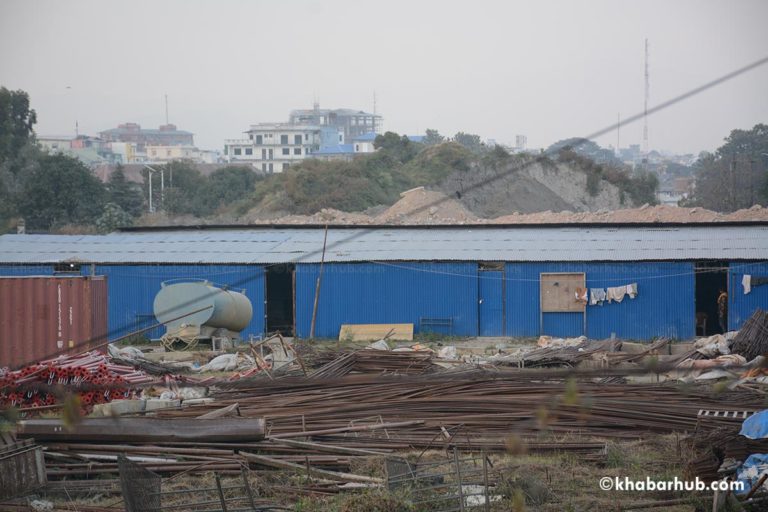
He became nostalgic, “There was just one plot from Ranipokhari to the present Dasharath Stadium, and there was big khari tree. It was really wonderful.”
Pandey remembers the day the Khari tree was cut down and feels bad that the tree which was also a historical place for public declarations is no more. The tree with a marble platform around it was the place for the Rana rulers to make all significant announcements. “Chandra Shumsher, then Rana Prime Minister had made the historical declaration about the eradication of slavery on Nov. 28, 1924, from the same platform.”
Then people dreaded to walk past the area at night. They used to say that the trespassers would turn prey of a demon called Gurumapa. “It all was a paddy field then, there was a stone spout near now electricity authority office.”

Yogeshwor Amatya, a Kathmandu born singer is also sad to see the pathetic status of Tundikhel now. “It was not small like now, we used to compete running around Tundikhel and could not make a single round,” he recalls, “I am really disappointed to see the fate of Tundikhel these days.”
This is how it fell into pieces
Tundikhel had offered shelter to thousands of people who went homeless due to the earthquake of 1934 AD. They had used the ground as shelter for months. But the formal fragmentation of the historically massive ground started after the political transition of 1951. Tundikhel was divided into two parts in the name of making shortcut route to and from Sundhara- Bhadrakali. Later, the Martyr’s Gate built in 1961.
Similarly, encroaching two Kamalpokharis lying to the South and west of Tundikhel, the stadium was built in 1956.
During Rana rule, everyone ranging from the Chief of Army Staffs to a soldier used to show their attendance in Tundikhel, however, Nepal Army started using the land at its will since 1951.
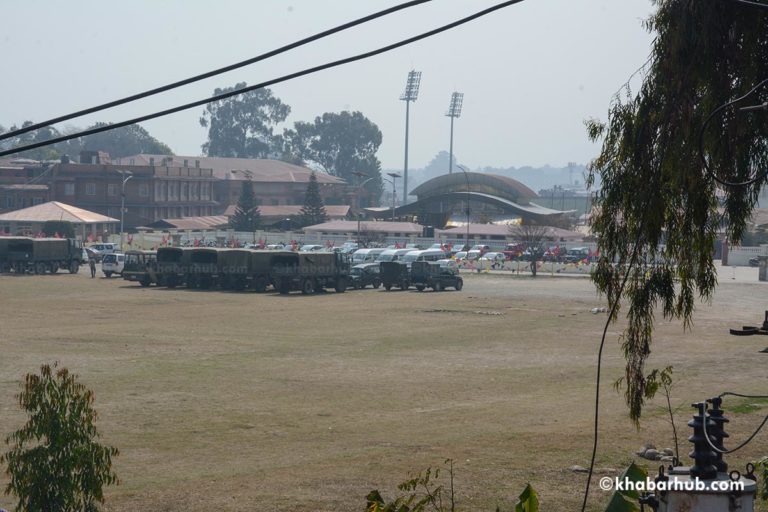
Nepal Army constructed Sainik Manch in 1960. Already divided into two parts by the Martyr’s Gate, one part of Tundikhel was captured by Nepal Army. Not only this, another half part of the part towards present Tundikhel also went into Nepal Army’s grip.
Similarly, the office of the zonal commissioner of Bagmati Zone was built next to Ranipokhari. When India showed interest in constructing a park in Queen Ratna’s name, King Mahendra seized 42 ropani land to make Ratna Park in 1969.
When the zonal commissioner’s office built under King Mahendra, was burnt by the agitating mass in 1990, Nepal police started using the place as one of its offices in the valley. The government then and after took no substantive steps to safeguard the area.
Chronology of Tundikhel encroachment
- 1748 AD Bag Durbar was constructed intruding 120 ropani land belonging to Tundikhel
- 1878 AD the military parade that used to take place in Chhauni was shifted to Tundikhel
- 1901 AD the tradition of cannon fire in Tundikhel started
- 1956 AD the construction of Stadium in invading Tundikhel
- 1960 AD Construction of Martyrs’ Gate (it divided Tundikhel into two halves)
- 1969 AD Construction of a park after Queen Ratna
- 2016 AD intrusion of Tundikhel for the construction of View Tower
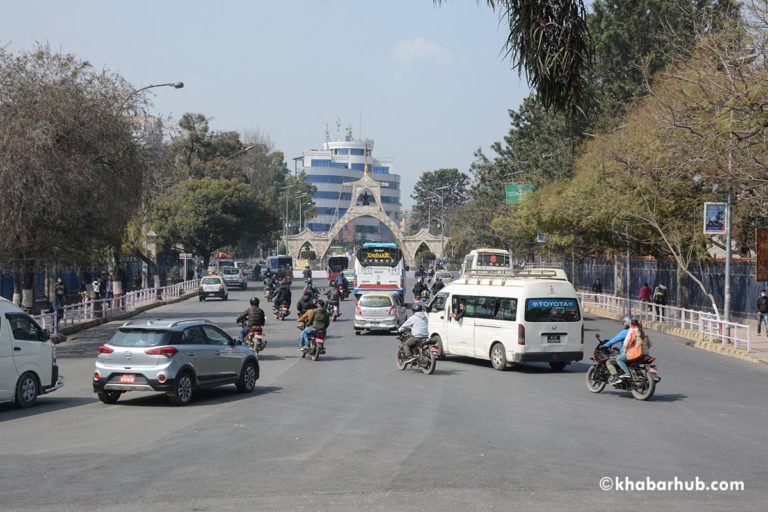
Ranipokhari to Sanepa all Tundikhel!
Historical documents show that Tundikhel covered the area ranging from present Ranipokhari to Sanepa, Lalitpur. Even during Rana regime Tundikhel was regarded as the biggest parade ground of Asia. Later Tundikhel got confined to Ranipokhari to Dasharath stadium.
Ippolito Desideri or Hippolyte Desideri an Italian Jesuit missionary and traveler who came to Kathmandu in 1721 AD has described the area of Tundikhel as more than 3 miles long.
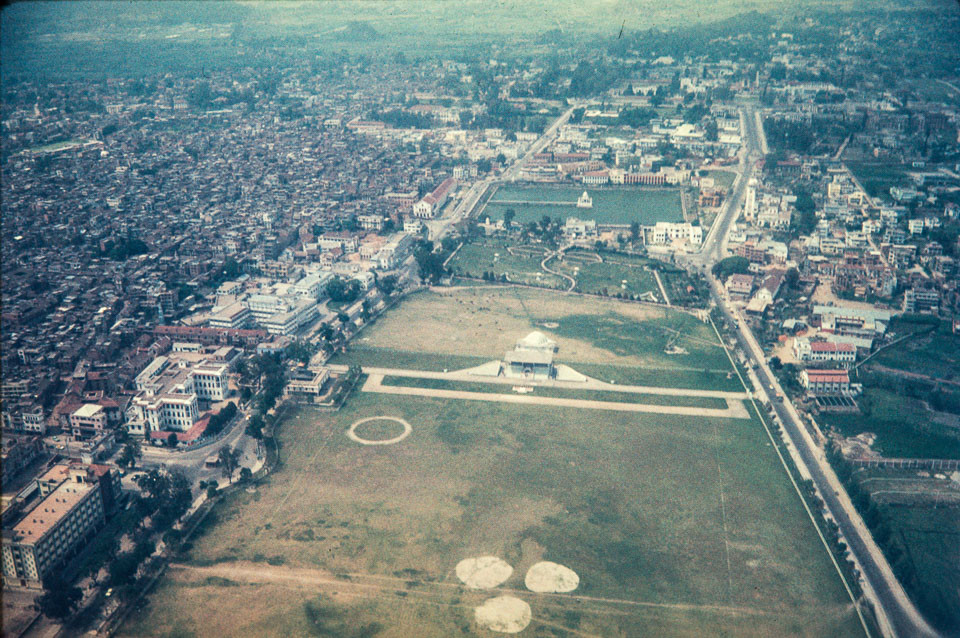
Desideri’s travelogue edited by Filippo De Filippi has described a large grassy field extended from eastern corner of Kathmandu. The same field described as more than 3 miles long is the vast area extending from Ranipokhari to Sanepa.
Henry Ambrose Oldfield’s Sketches from Nepal has described Tundikhel as the biggest parade ground of Asia. Besides, many scripts telling about the history of Kantipur also describe Tundikhel as an immense field of Nepal.
‘Occupy Tundikhel’ big clamor, sans result
Tundikhel offered shelter to thousands of earthquake-panicked denizens of Kathmandu in 2015. It was the massive shelter spot in the 1934 earthquake. With the intrusion of all public property, the open spaces for the denizens of this capital city have shrunk remarkably.
The Occupy Kathmandu is an attempt to safeguard this historical field.
The Constitution of Nepal, 2015 has mentioned mentions it a duty of a citizen to ‘protect and preserve public property’ (Article 48, d).
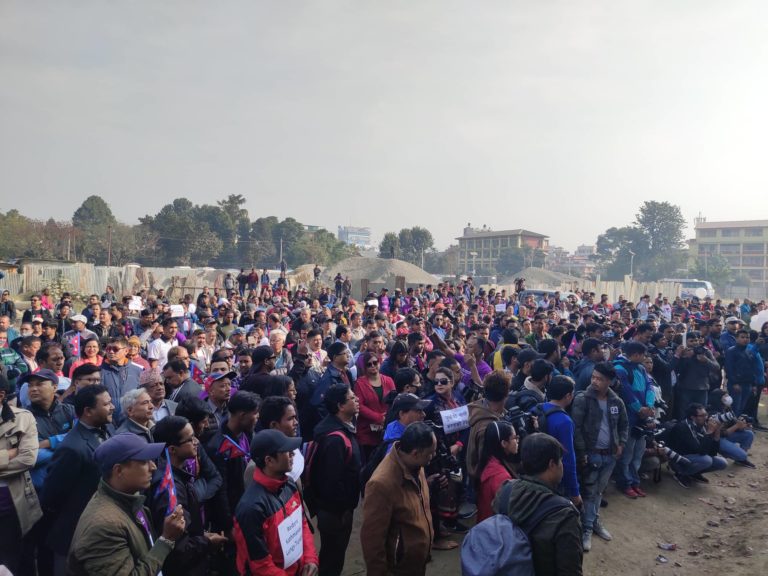
Similarly, The Right to Language and Culture mentioned in Article 32 says, “Every Nepalese community residing in Nepal shall have the right to preserve and promote its language, script, culture, cultural civilization and heritage.”
As part of the fulfillment of their civic duty as well as exercise their right to culture, the campaigners declared a civil movement ‘Occupy Tundikhel’.
“When the authority assigned for preservation and promotion takes to exploitation of the historical and cultural heritages, the denizens have to take to street,” Alok Tuladhar, the coordinator of ‘Occupy Tundikhel’ said speaking to Khabarhub.
“As we are pretty sure about the fact that all area stretching from Ranipokhari to Dasharath Stadium was part of Tundikhel,” Shailesh Shakya spoke about the intent of the campaign, “we demand that area should be free and open as Tundikhel.”
However, Ishwor Man Dangol, the spokesperson of Kathmandu Metropolitan City claims that none has encroached Tundikhel. “None has intruded or encroached Khulamanch,” he said to Khabarhub, “Bir Hospital and Durbar Highschool are allowed to store their construction material at the ‘disputed’ area at the consent of the Metropolitan officials.” He added that the area would be cleared once the construction work was over.
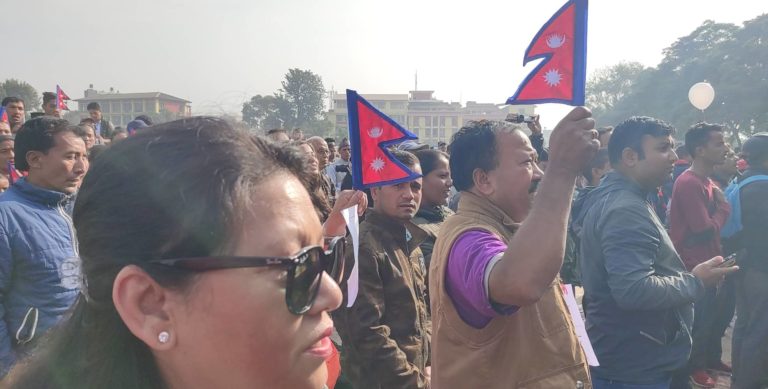
The campaign launched since Nov. 9, 2019, has, however, failed to bear desired fruit yet. The campaigners had submitted a 3-month ultimatum to evacuate the area and restore its previous position, but the area has not fared any good so far.
Bhimsen Das Pradhan a Parliamentarian in the Federal Parliament and campaigner seems committed to lead the movement to the desired destination when he says, “We shall make necessary changes in the nature of campaigns, but won’t give up the movement unless it bears the desired fruit.”
The govt. should regard the campaign as eye-opener
Kathmandu once known as the city of temples and monuments seems losing its glory. This generation has to work as the harbinger of culture and tradition to the next generation. It’s all up to us to safeguard the glorious historical and cultural monuments and pass them to younger generation in better form if possible.
When materialistic way of living has shadowed the individual and societal responsibility of safeguarding the monuments, the government should take initiation.
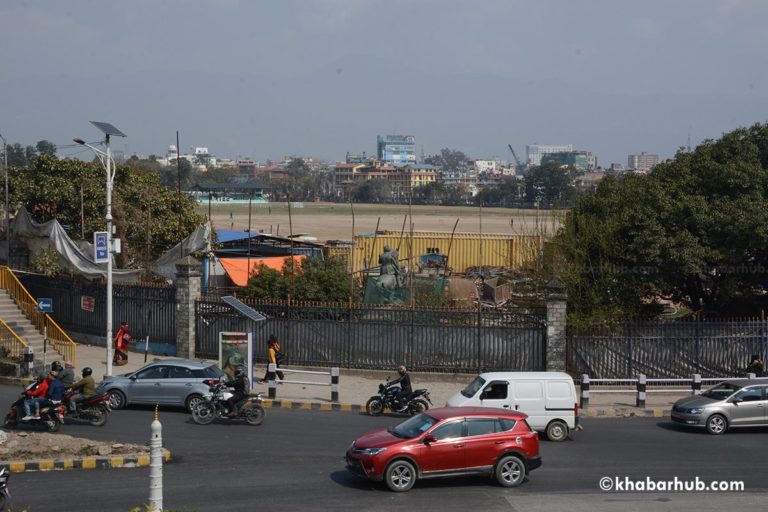
No authority should be involved in messing with such places. The allegations against the metro authority in this regard are really serious.
Tundikhel is now public property. This public property in the capital city should be safeguarded by all. No whims or whimsical decisions should impair the historical and cultural glory of the places like this.
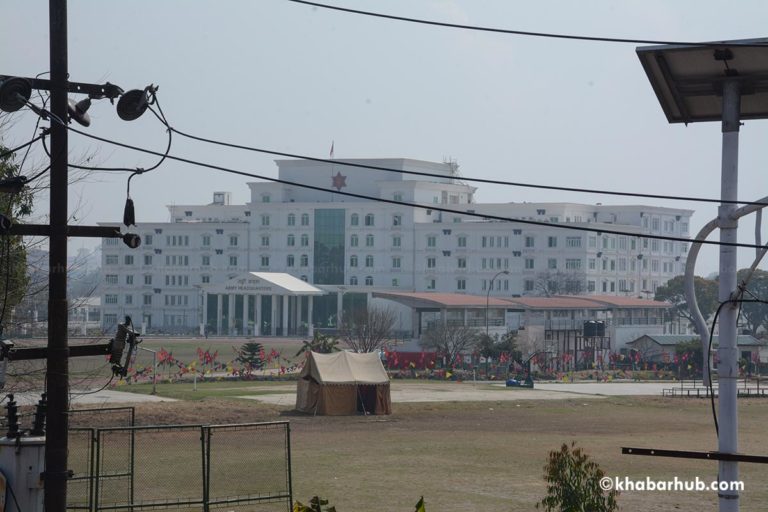
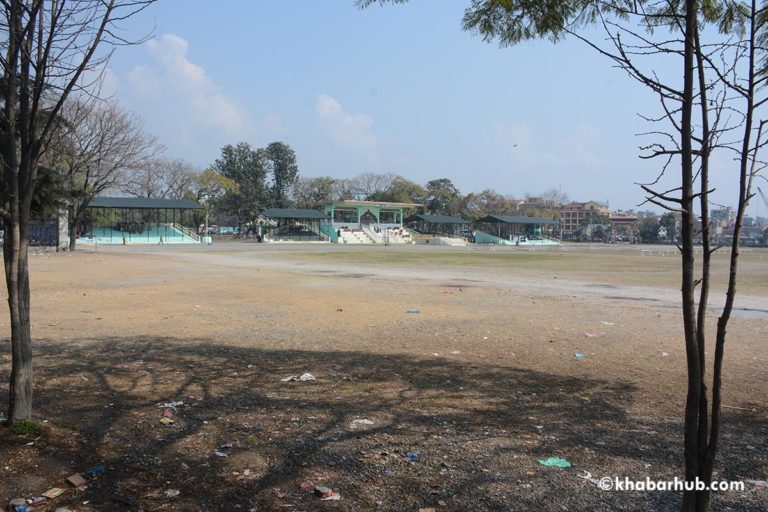
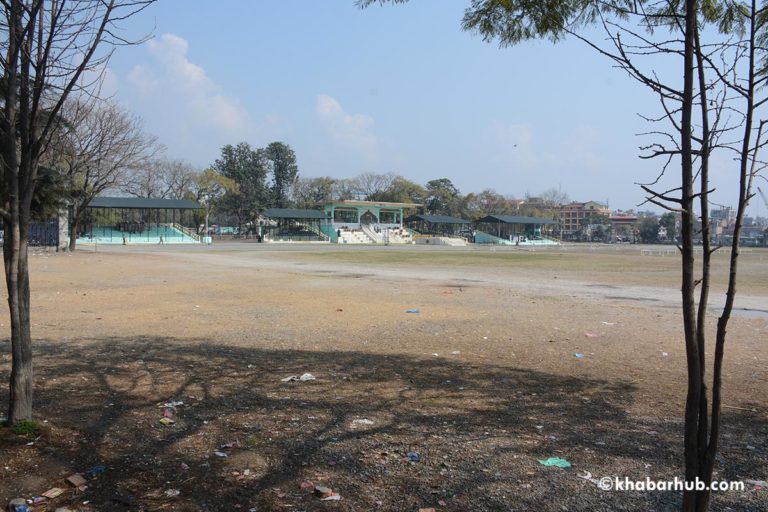
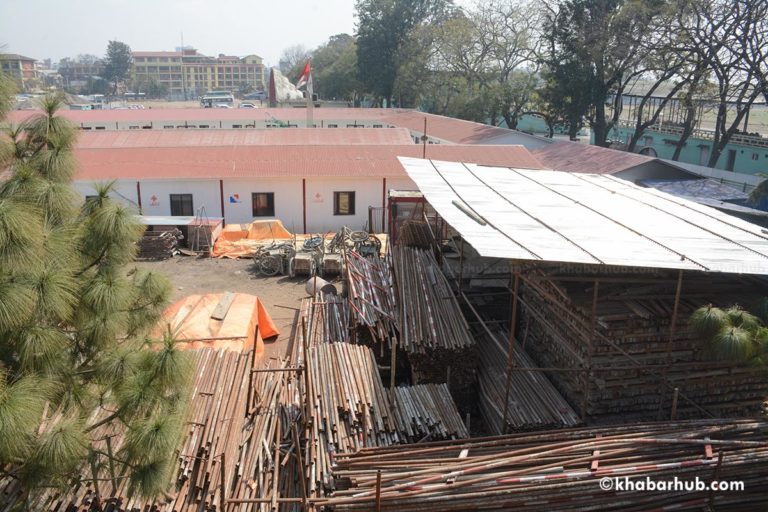

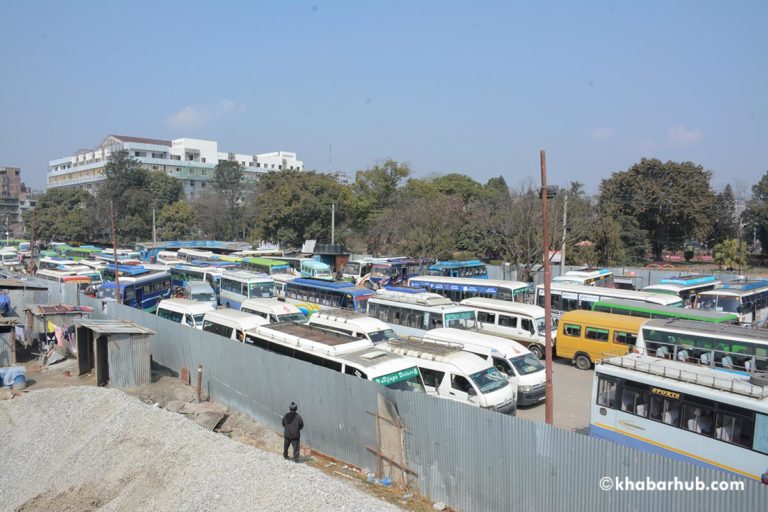
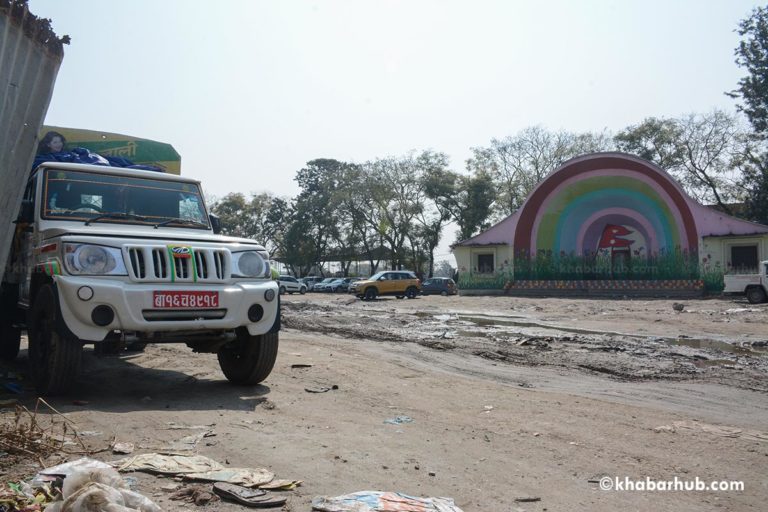
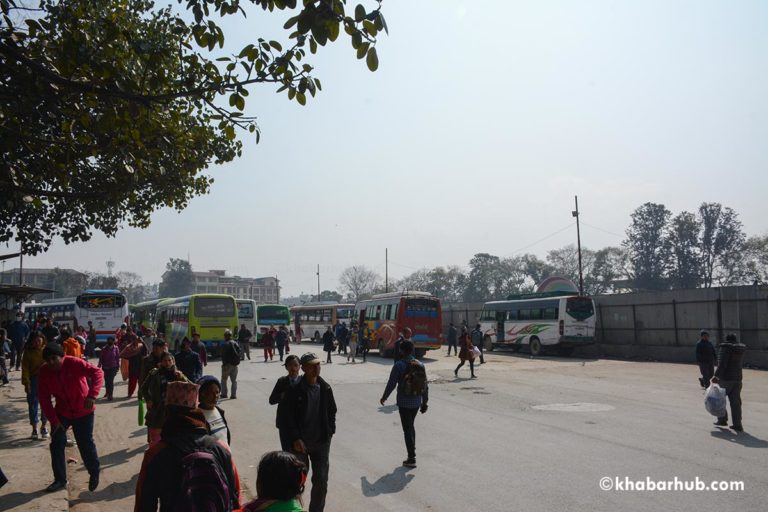
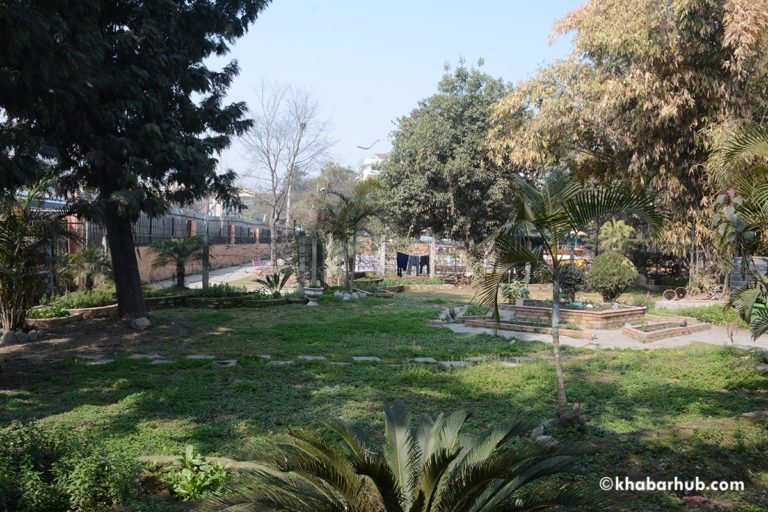
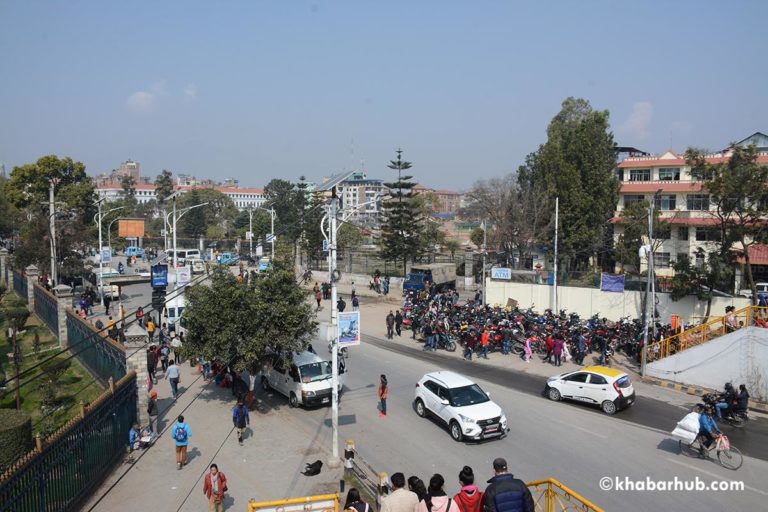




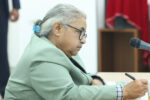
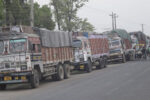
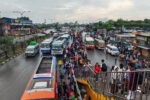


Comment